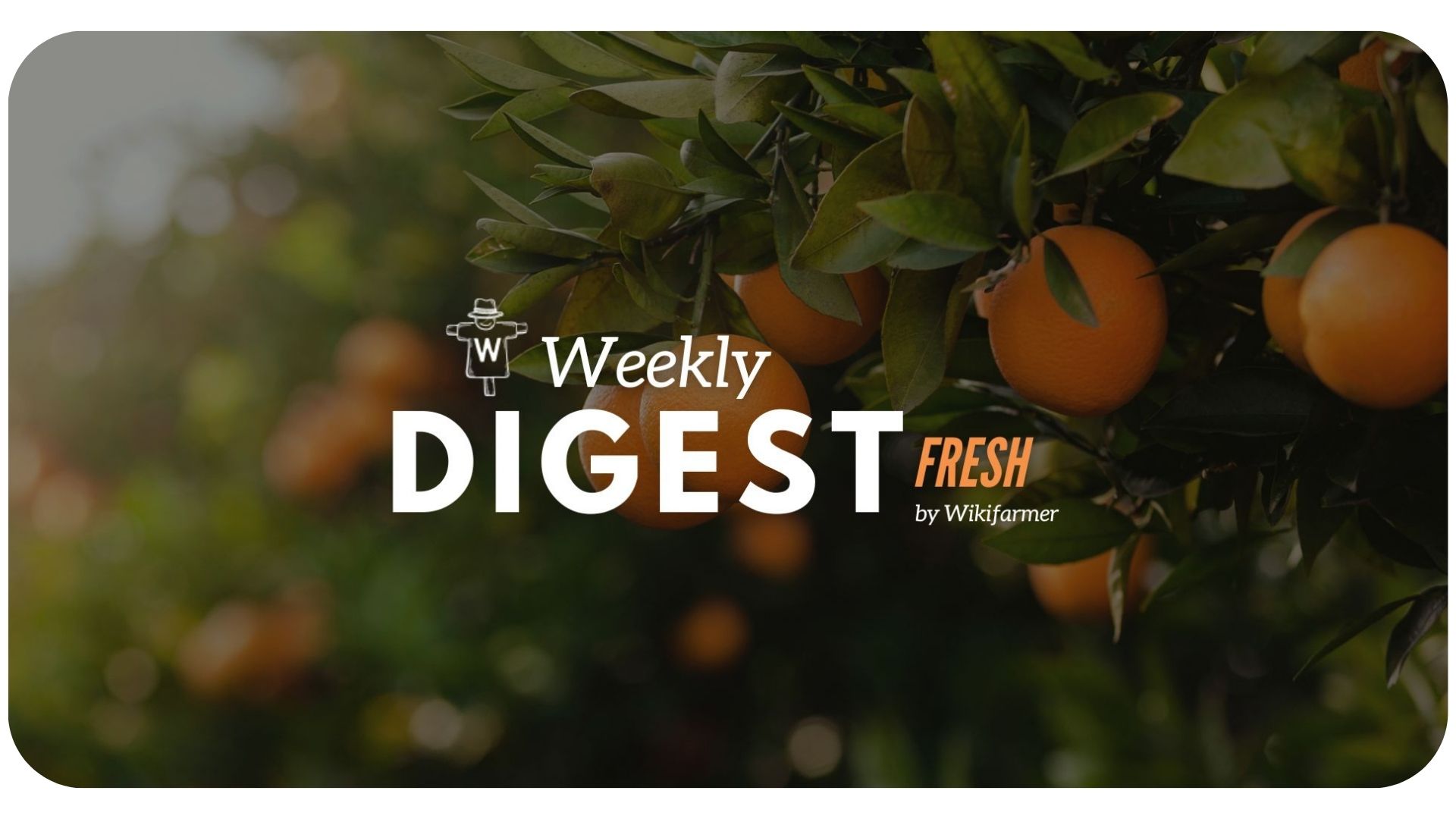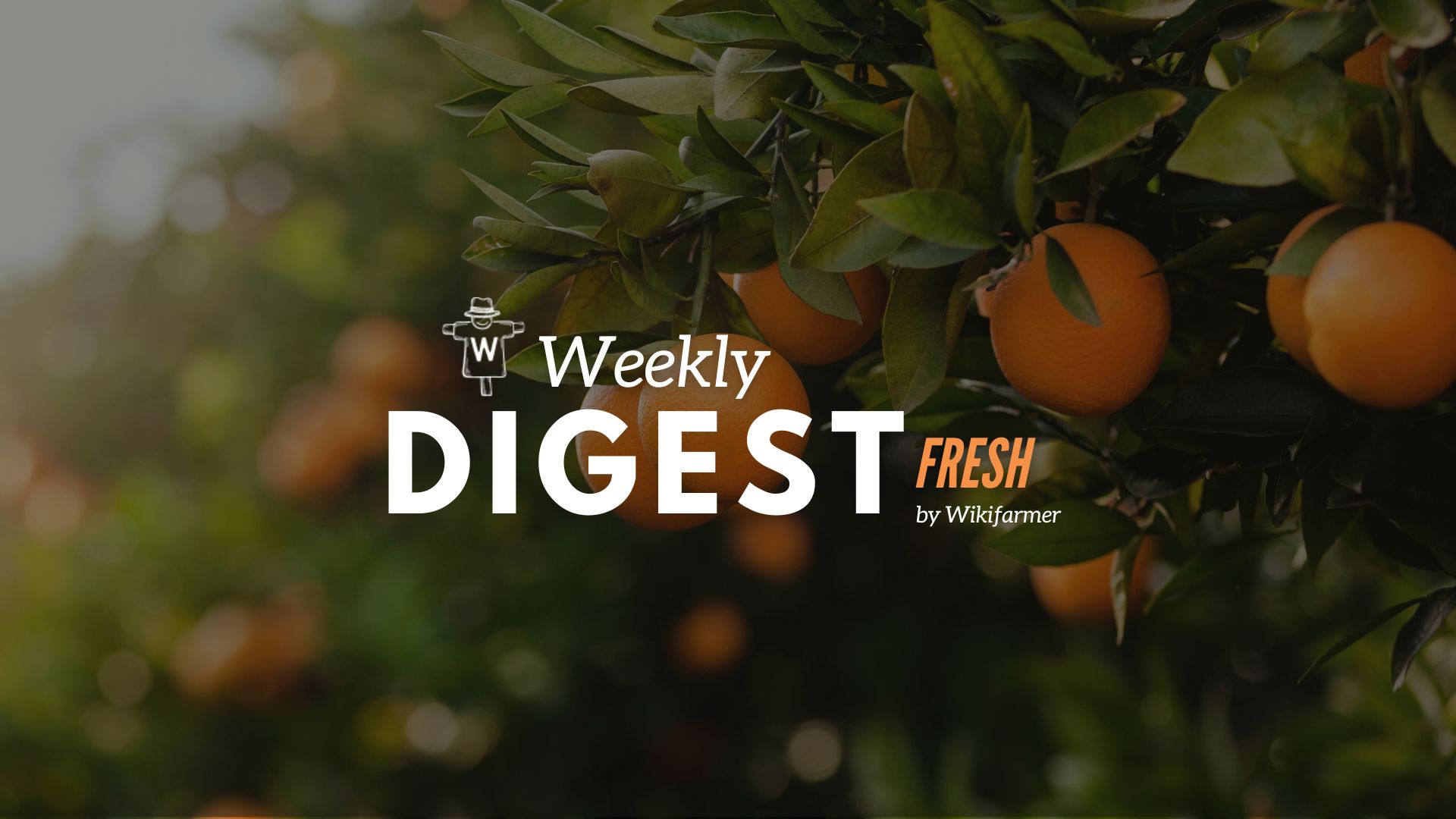Orange Market Digest w3

Weekly Orange Market Updates
Post-Festivities Seasonal Slowdown Endures
Across the main orange-producing countries of the E.U., Spain, Italy, and Greece, the weak demand for oranges has led to further retreating wholesale prices and prices at origin.
The situation in Italy testifies to the current condition in the main European markets; despite the Navelina harvesting season in Italy and Spain being almost finished, the demand for them is so faint that prices are dropping. Also, this season's Sicilian Tarocco oranges have been of better quality and bigger sizes due to favorable weather conditions, limited demand has resulted in low prices for producers.
Traditionally, our main customers in Italy have been wholesale operators who buy citrus fruit in bulk.


In Greece, our partnering producers inform our representatives on the field that prices have reached levels so low in some regions that they cannot guarantee the viability of their agricultural activity next season.
Main Price Movements in the EU
The latest data published by EU-Directorate General for Agriculture and Rural Development reflect the comments above:

Recently, operators from Egypt have entered the orange markets in Europe and Russia, offering significantly cost-effective alternatives to European produce; the lower prices for Egyptian produce testify to the need to compensate the country's operators for their current inability to serve demand originating from their traditional customers in Asia, due to the Red Sea Crisis.
Revision of the US Citrus Production Forecasts and Expected Moves from Regional Players
There was a slight increase in the expected volumes for oranges in states like California, Arizona, and Texas, while still being significantly lower than in previous years, meaning that the larger need for imports this year remains.
.jpg?upscale=true&width=1120&upscale=true&name=logos-top_graphics%20(12).jpg) Revisions were not limited to the previous; estimated production volumes for small citrus fruits were reduced. An increase in the domestic supply gap in small-sized citrus may follow as a consequence if we also consider the potential rainfalls common in this season on the West Coast. The same is true for navel oranges, which belong to the consumers' favorites. This gap gives birth to opportunities for countries like Morocco, which has a free trade agreement with the U.S. and production rich in fruits of the small citrus category and small-sized oranges. And that is true even though it has a relatively limited supplier base compared to its European counterparts.
Revisions were not limited to the previous; estimated production volumes for small citrus fruits were reduced. An increase in the domestic supply gap in small-sized citrus may follow as a consequence if we also consider the potential rainfalls common in this season on the West Coast. The same is true for navel oranges, which belong to the consumers' favorites. This gap gives birth to opportunities for countries like Morocco, which has a free trade agreement with the U.S. and production rich in fruits of the small citrus category and small-sized oranges. And that is true even though it has a relatively limited supplier base compared to its European counterparts.
Also, we need to wait and observe the situation of Argentine's citrus sector and what its role will be in mending the supply gap that has occurred due to the unfortunate season in the Americas, with the U.S., Brazil, and Mexico, among others, suffering from a plunge in production volumes. The peso's devaluation does make domestic produce relatively cheaper for international players, but the consequent imported inputs price hikes may curb that positive effect on the country's agricultural trade balance.
-2.jpg?upscale=true&width=189&height=189&name=Untitled%20design%20(15)-2.jpg)
Greece, on the other hand, despite being a big player in the citrus sector worldwide, has not been able to play a central role in this process; in its latest agricultural exports report, the Greek Ministry of Rural Development and Food shows that Greek citrus exports from the beginning of 2023 up to now have been less by 1.20% compared to the same period a year prior.
.png?width=450&height=87&name=New%20Logo%20(1).png)
